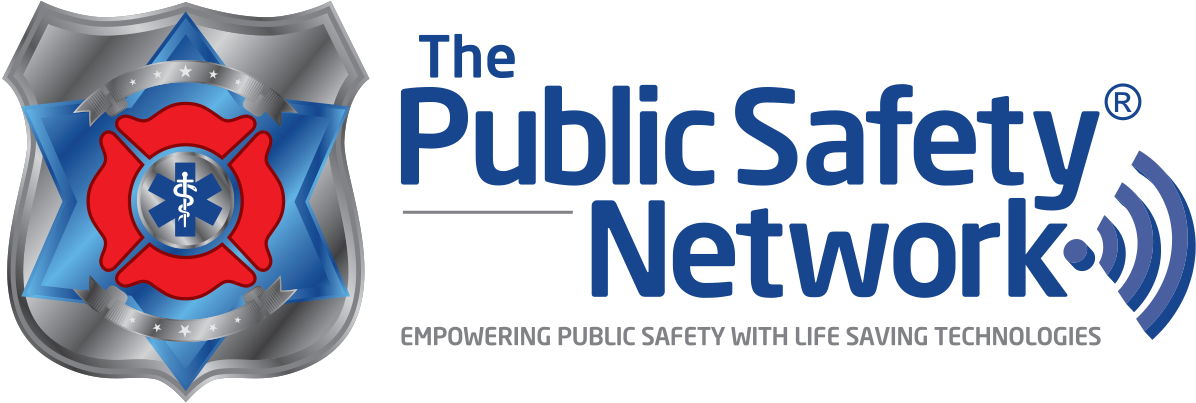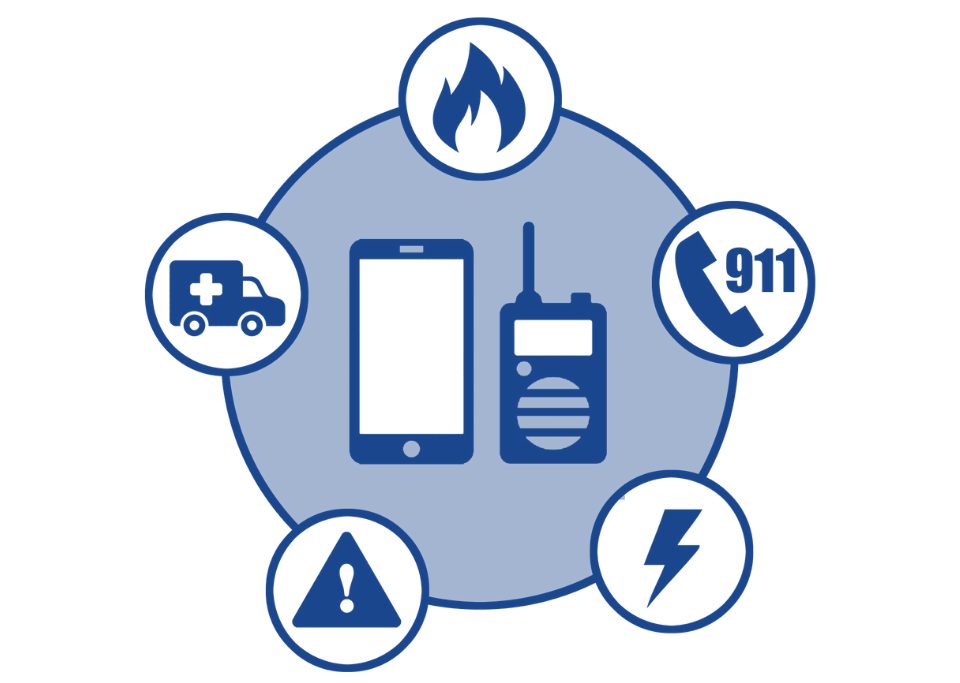
Public-Private LTE Partnerships: Key Business Considerations
March 29, 2022
Social Media Strategies for Public Safety Technology Companies
May 23, 2022It’s been making headlines for months….some could argue even years –
“[Insert Your Local Department Name] Closes Station Due to Staffing Shortages.”
Fire departments have been closing stations left and right and moving personnel around to backfill busier stations. So, what’s the cause? Well, COVID got the blame at first. Departments across the nation were reporting hundreds of personnel on sick leave with positive tests, awaiting test results, or in quarantine from exposures. As COVID restrictions have eased and quarantine times have shortened, departments are still seeing their staffing fall to dangerously low numbers through attrition. What’s contributing to the droves of fire and EMS personnel leaving the industry?
There is a strong argument for failed mental health resources. These firefighters just spent two plus years as the front line of response during one of the deadliest pandemics in history. That’s enough to make anyone seek a change of pace. Nurses, doctors, and other frontline workers took an incredibly hard hit with very few easily accessible resources to help cope as the world goes back to some semblance of normal. The cumulative stress from little sleep and constant exposure to illness, the lack of communication, the days of holdovers and mandatory overtime all is contributing to the staffing decline.
What about the pay? Are agencies negatively impacting themselves by underfunding public safety budgets? Some affluent municipalities have starting salaries of around $50,000 for an EMT-B/Firefighter while the average home price in the same area may be well into the $600-$700K range. First responders are expected to commute long distances when they can’t afford to live in jurisdictions where they work. Long commutes mean additional time away from families and higher household expenses for auto use and maintenance. It’s yet another factor playing into the mass exodus in emergency services.
What can be done to support the fire service and other public safety agencies? How can emergency services continue to attract new responders AND keep the ones they have? There are several steps agency leaders should immediately take to ensure they are responsive to public safety’s needs:
- Routinely evaluate all personnel’s work hours and ensure they are taking routine paid time off (which is in addition to regular days off between shifts) so they can rest and recharge.
- Prioritize the availability of mental health resources for first responders and long-term self-care resources to all frontline workers while continuing to culturally work toward eliminating the stigma of mental health needs.
- Take the time to understand the increased expectations and demands on first responders, both at work and at home, and how they may translate into focus and performance on the job.
- Acknowledge that the “great employment reshuffling” is impacting public safety as well as other industries and it’s not a given that people will continue to work at one agency for the duration of their careers. Public safety agencies need to begin repackaging their recruitment and retention efforts to offer higher salaries and more tailored benefits to stand out among all the other available career opportunities.
The safety, health and well-being of our public safety personnel and the safety of the communities they serve depend on the reevaluation and restructuring of critical resources.
It will take some time and focused, committed effort to get staffing numbers back to where they need to be, and we look forward to seeing more of these headlines in the near future:
“[Insert Your Local Department] Breaks Ground for New Station.”




